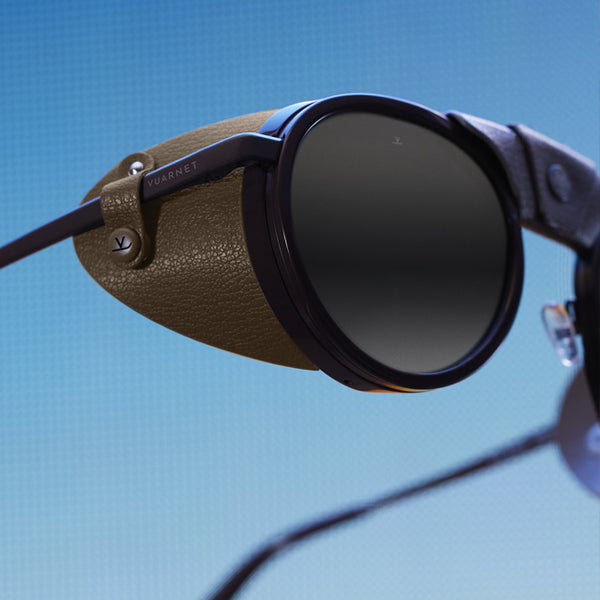

What does an ophthalmologist's prescription look like?
The abbreviations on your prescription are universal abbreviations, used by all ophthalmologists:
The abbreviations:
- OD: Right Eye. OD is short for oculus dexter, Latin for “right eye.”
- OS: Left Eye. OS is short for oculus sinister, Latin for “left eye.”
- OU: Oculus uterque, "both eyes" in Latin.
- VL: Distance vision
- VP: Near vision
- VA: Visual acuity
- ADD: Addition
- SPH: Sphere
- CYL: Cylinder
- VI: Intermediate vision

Examples of prescriptions for major eye defects :
If you are nearsighted the value is negative and is preceded by a "-" symbol. The higher the number, the stronger your myopia.
If you're farsighted or hyperopic, the value is positive and is preceded by a "+" symbol. The larger the number, the stronger the correction.
If you have astigmatism, the correction indicated on the prescription corresponds to the value in brackets. It is accompanied by an axis expressed in degrees (e.g.: OG +1 (+1 to 70°).
If you are presbyopic, a note is made in the form ADD or add to mean "added.” For example OD +1 add : +2.
Prescription lexicon:
1- Sphere: Indicates the amount of lens power prescribed to correct nearsightedness or farsightedness. Lens power is measured in diopters (D).
The term "sphere" means that the correction for nearsightedness or farsightedness is "spherical," or equal in all meridians of the eye.
2- Cylinder: Cylinder indicates the amount of lens power needed for astigmatism. It measures what degree of astigmatism you have, or how flat or irregular the shape of your cornea is.
3- Add: “Add” is the added magnifying power applied to the bottom part of multifocal lenses to correct presbyopia — the natural farsightedness that happens with age.
The number appearing in this section of the prescription is always a "plus" power, even when you don’t see a plus sign. Generally, it will range from +0.75 to +3.00 D and will be the same power for both eyes.
4- Vision distances:
DV: Distance vision is the zone of vision optically located at infinity, i.e. more than 5 meters away.
NV: Near vision is determined by a distance set at 33 cm.
IV: Intermediate vision is the zone between distance and near vision.
5- Visual acuity: The measure of the ability of the eye to distinguish shapes and the details of objects at a given distance. It is expressed as an angular value, which is related to a fraction of 10.
Free Delivery
Standard free shipping over $200. Expedited free shipping over $300 within 3 days
Read more






